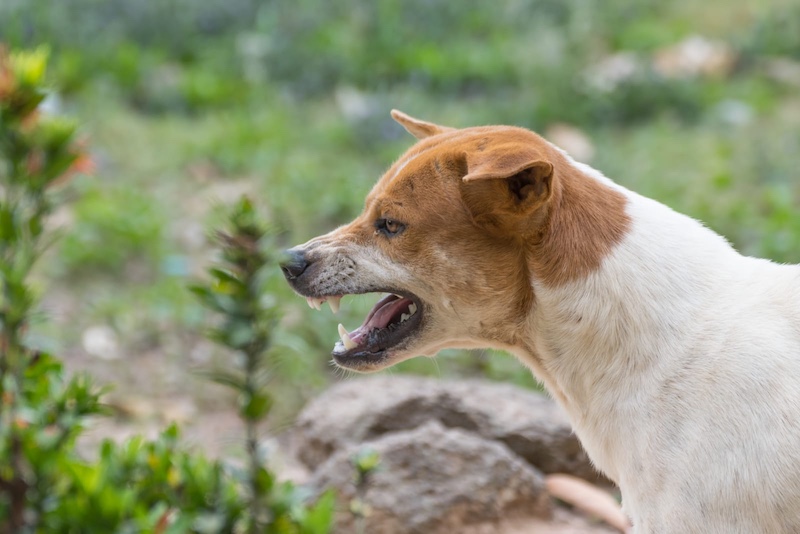Dogs rarely bite out of the blue. They usually give subtle—or not-so-subtle—signals before resorting to aggression. Knowing how to read your dog’s body language can help prevent bites and keep everyone safe. Here are ten common warning signs to watch for.
Growling or Snarling
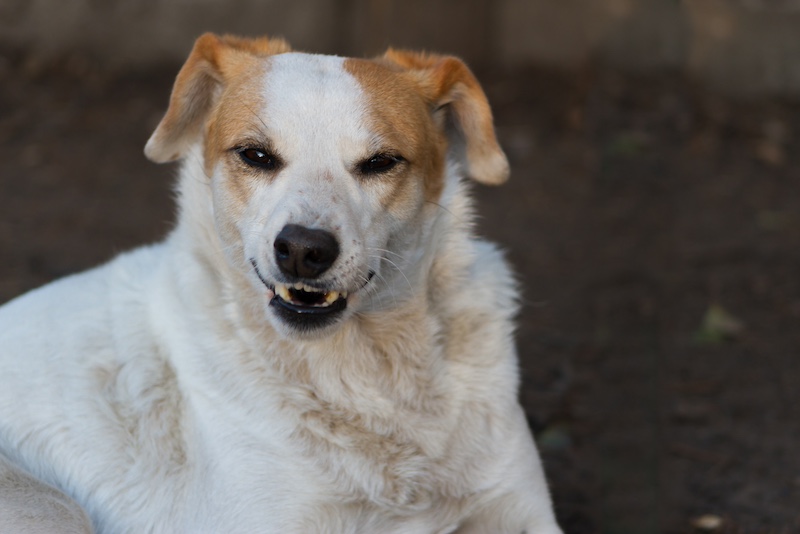
Growling is a clear warning sign that a dog is uncomfortable or feels threatened. Snarling, which includes curling the lips and exposing teeth, often follows. These vocalizations are the dog’s way of saying “stay back” and should never be ignored or punished.
Stiff Body Language
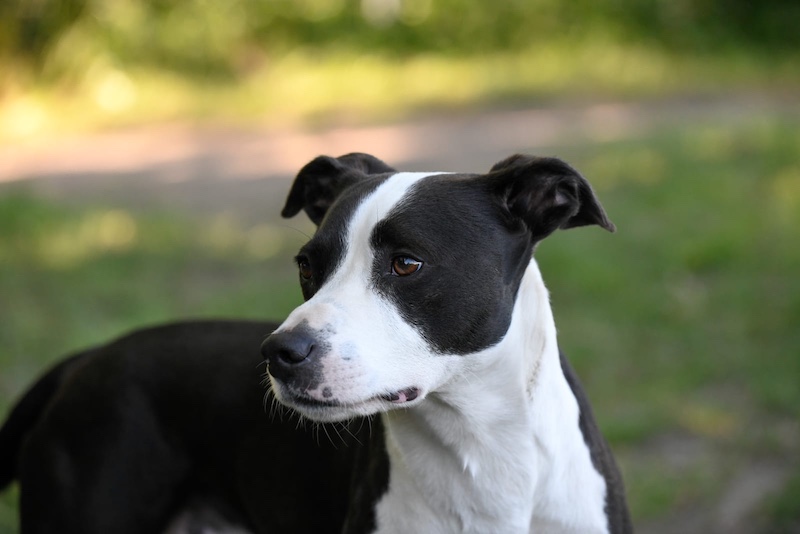
When a dog suddenly stiffens, it may be preparing to bite. Look for a tense stance, rigid tail, and locked legs. A dog holding its body unnaturally still is usually trying to assess a threat and could be ready to react aggressively if provoked.
Hard Stare
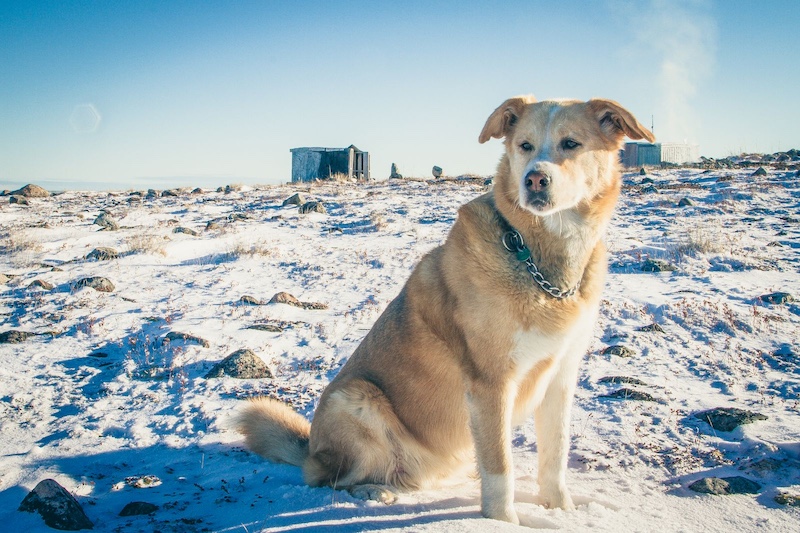
A soft gaze is typical of a relaxed dog. A hard, intense stare without blinking can indicate the opposite—tension and possible aggression. This unyielding focus on a person or animal is often the dog’s final warning before deciding whether to act.
Lip Curling or Teeth Showing
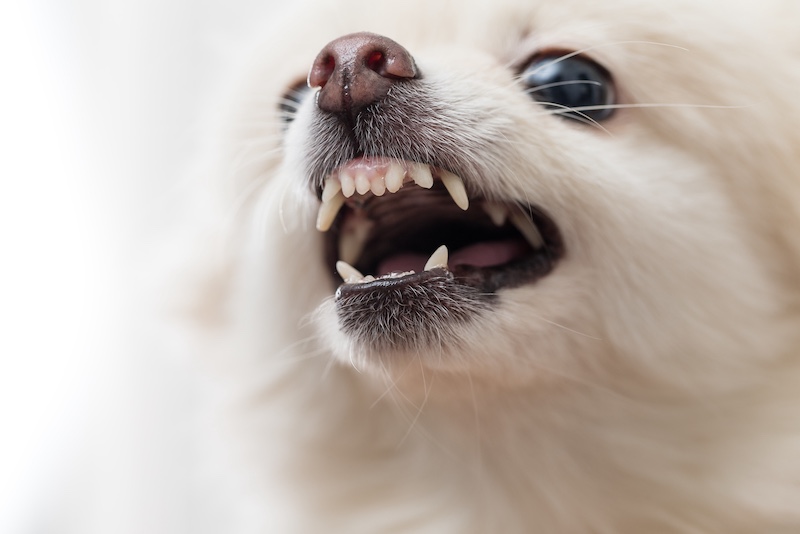
When a dog lifts its lip or bares its teeth, it’s issuing a strong warning. This display may be silent or paired with a growl. Either way, it’s a clear indication that the dog is feeling threatened and could bite if the situation escalates.
Pinned-Back Ears
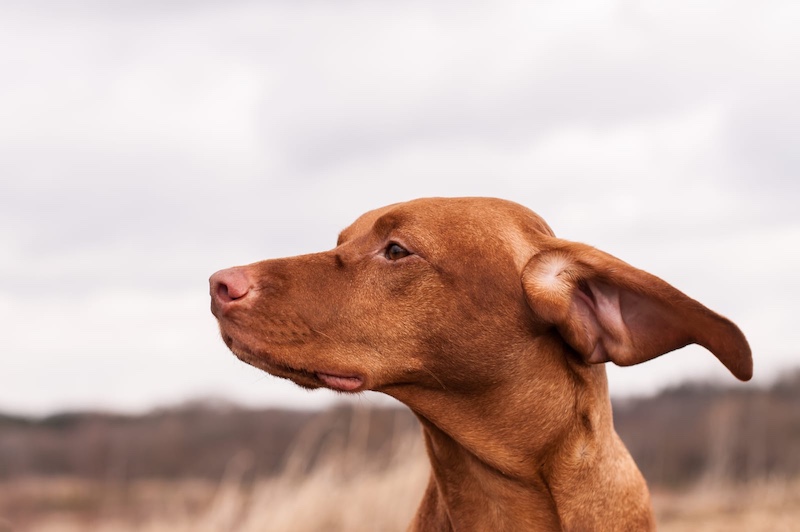
While ear shapes differ between breeds, ears held tightly back against the head usually signal anxiety or fear. This posture, especially when combined with other stress signals, can indicate the dog is feeling overwhelmed and might lash out to defend itself.
Tail Position and Movement
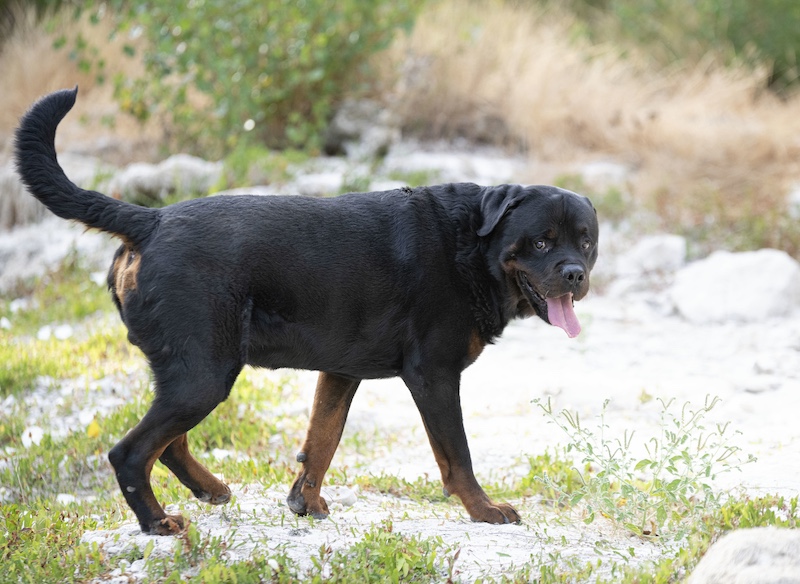
A relaxed dog’s tail moves loosely. A tail held high and wagging stiffly, or tucked tightly between the legs, can indicate stress or uncertainty. Either can be a sign the dog feels unsafe—and when a dog feels unsafe, biting becomes more likely.
Yawning or Lip Licking
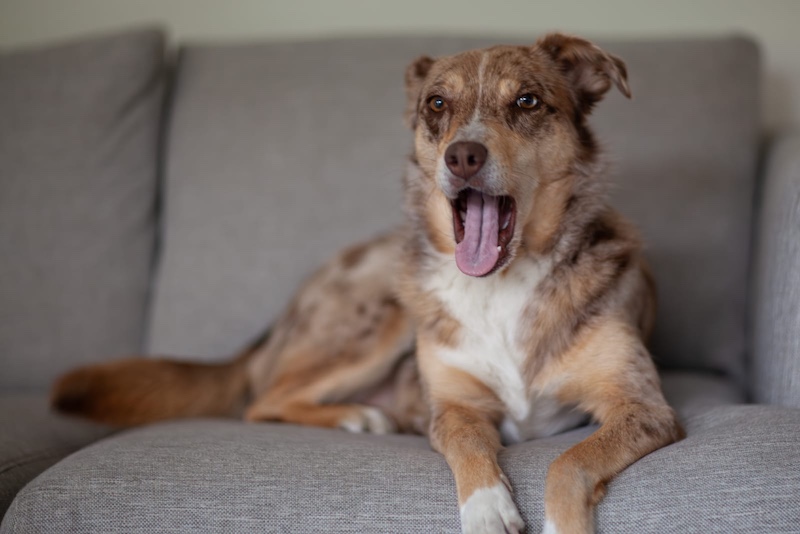
Frequent yawning or lip licking in a stressful situation are signs of canine anxiety. These “calming signals” are the dog’s attempt to self-soothe or defuse tension. If these signals go unnoticed or are ignored, the dog may escalate to more aggressive behavior.
Avoidance or Trying to Escape
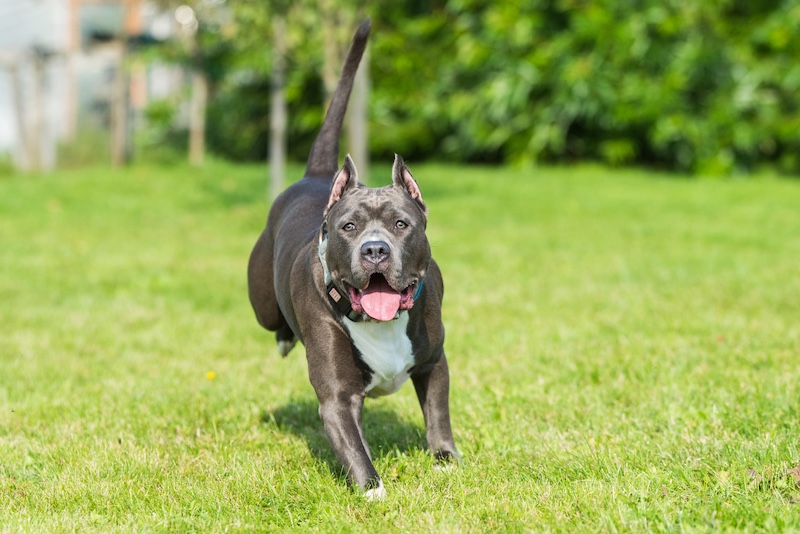
When a dog turns away, backs up, or hides, it’s trying to avoid conflict. Forcing interaction at this point is risky. A dog that feels cornered or trapped may feel it has no other choice but to bite to protect itself.
Sudden Freezing
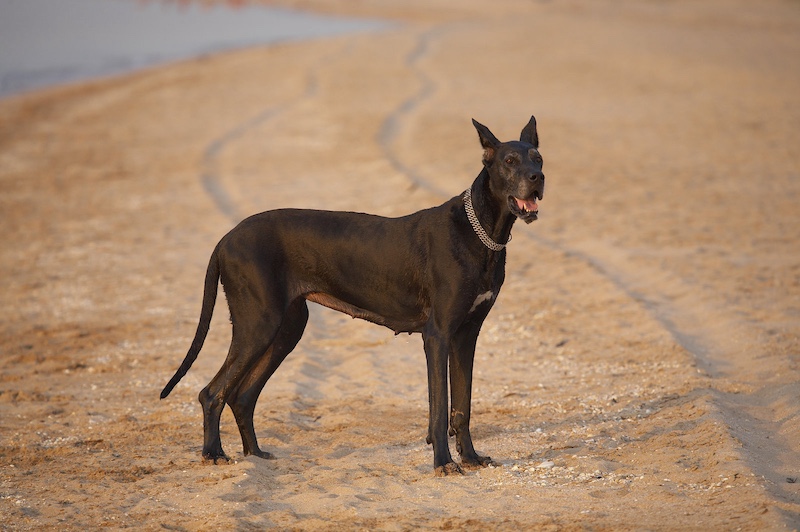
If a dog abruptly stops moving and becomes completely still, take it seriously. Freezing is a high-alert behavior that often occurs right before a bite. It’s the dog’s last moment of internal decision-making before responding with aggression if provoked further.
Raised Hackles
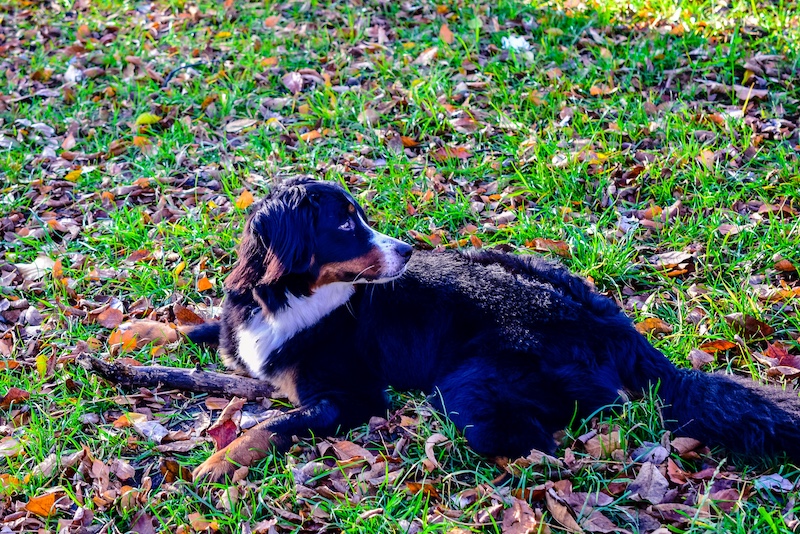
Raised fur along a dog’s spine and neck—known as piloerection—signals high arousal. While it doesn’t always mean aggression, it does indicate the dog is highly stimulated or stressed. When paired with other warning signs, this can suggest a bite is imminent.
- Please Note: This content was created with the assistance of AI and thoroughly edited by a human before publishing.

